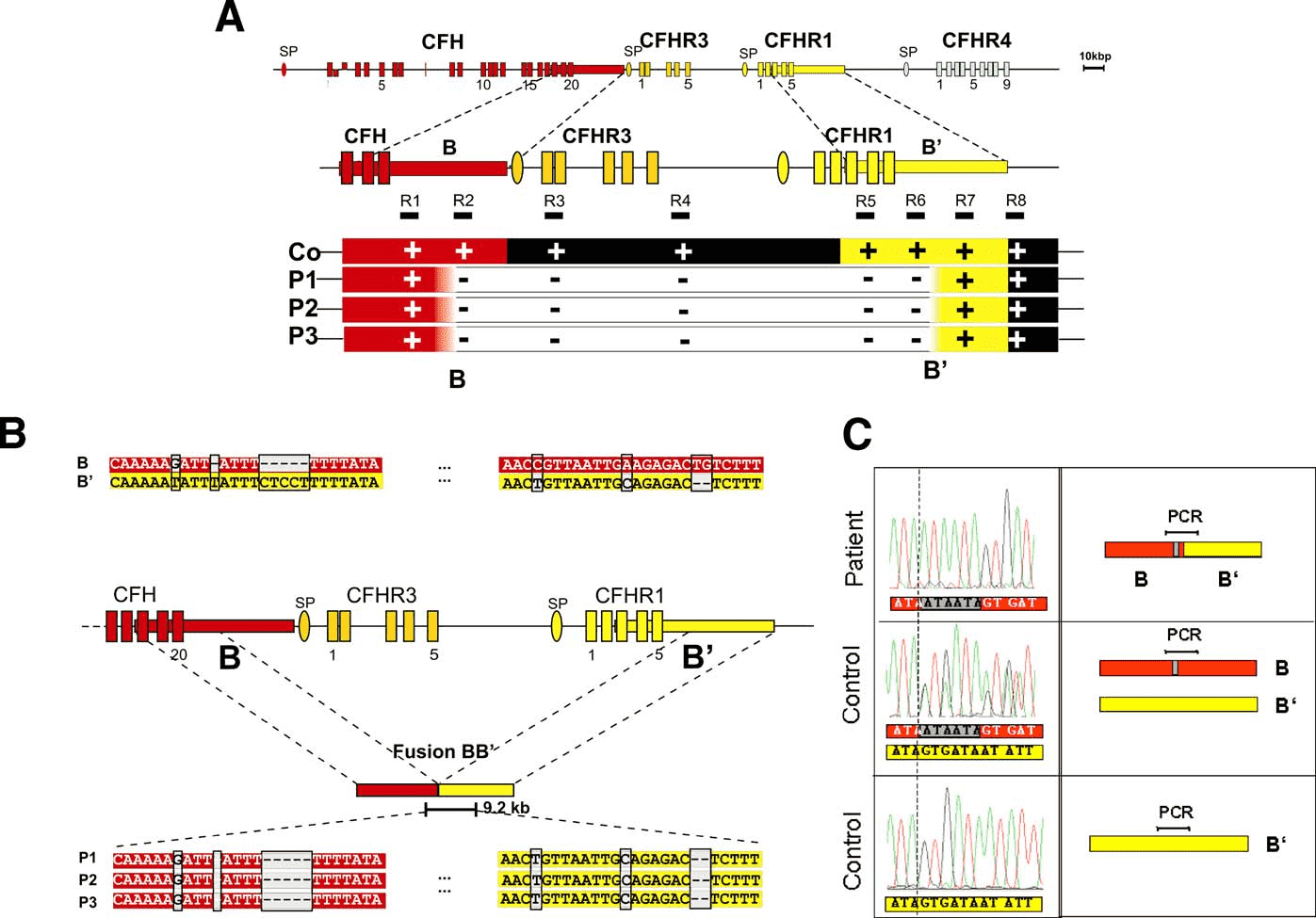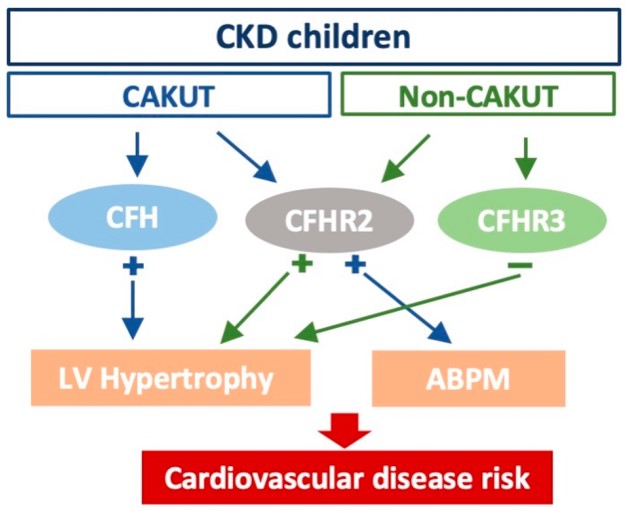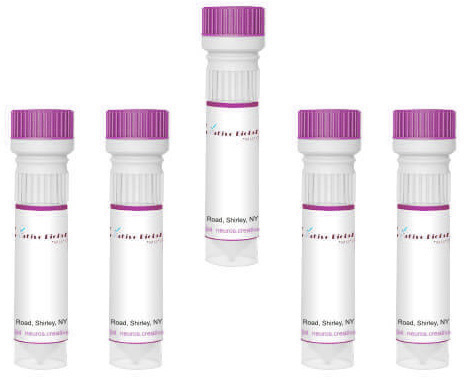Product List Background CFHR2 Functional Service
Background
Complement factor H (CFH), a critical regulator of the complement activity, is a large glycoprotein encode by the CFH gene. In humans, five genes (CFHR1, CFHR2, CFHR3, CFHR4, and CFHR5) are found telomerically adjacent to the CFH gene and encode five different complement factor H related (CFHR) proteins. These five CFHR proteins are divided into two major groups based on their conserved domains: Group I (CFHR1, CFHR2, and CFHR5) and Group II (CFHR3 and CFHR4).
Complement factor H-related protein 2 (CFHR2) is a plasma protein mainly produced by hepatocytes, circulating in the plasma at a concentration of 50 μg/mL. CFHR2 is composed of 4 short consensus repeat (SCR) domains, the N-terminal SCR1-SCR2, and the C-terminal SCR3-SCR4. The amino acid sequence of SCR1-2 shares almost identity to CFHR1, while SCR3-4 displays great homology to SCRs 4-5 of CFHR1 and SCRs 19-20 of CFH. CFHR2 also contains a dimerization domain at the N-terminal SCR1 that can form homo/hetero dimers with itself and CFHR1 but not with CFHR5.
It has been identified that the C-terminal of CFHR2 can bind to C3b fragment of C3 convertase, thereby interferes with the C3 cleavage by C3 convertase. But CFHR2 does not compete with CFH for C3b binding. Thus, CFHR2 inhibits the C3 convertase activity without affecting CFH function, suggesting that CFHR2 may function in concert with CFH. CFHR1 mutations associate with degeneration of macula and posterior pole and eye degenerative disease.
 Fig.1 Structure of CFHR.1,3
Fig.1 Structure of CFHR.1,3
CFHR2 Functional Service
Creative Biolabs provides a comprehensive range of CFHR2-related products, encompassing anti-CFHR2 Antibodies, CFHR2 ELISA Assay Kits, CFHR2 Proteins, and CFHR2 Blocking Peptide, all designed for precise analysis and functional studies. These products are critical tools for investigating CFHR2-related pathways, interactions, and their role in diseases, supporting both basic research and therapeutic development.
 Fig.2 CFH and CFHR2 as markers of cardiovascular risk in pediatric chronic kidney disease (CKD).2,3
Fig.2 CFH and CFHR2 as markers of cardiovascular risk in pediatric chronic kidney disease (CKD).2,3
CFHR2 functional testing aims to assess the CFHR2 protein's biological activity, interactions, and regulatory roles in cellular processes. Techniques such as ELISA, Western blotting, immunoprecipitation, and cell-based assays are employed to evaluate CFHR2 functionality. Our CFHR2 products can be utilized in conjunction with these techniques to assess CFHR2 protein expression, localization, binding, activity modulation, and its impact on complement regulation. For example, CFHR2 functional assays have been pivotal in exploring its involvement in immune response modulation in age-related macular degeneration (AMD). Besides, CFHR2 blocking peptides can be employed to inhibit CFHR2 function and observe the resulting phenotypic changes.
Creative Biolabs provides CFHR2-functional services, including custom functional assay development, protein interaction analysis, and disease model testing. Our services help customers advance research, optimize experimental protocols, and accelerate therapeutic discovery.
References
-
Zipfel, Peter F., et al. "Deletion of complement factor H–related genes CFHR1 and CFHR3 is associated with atypical hemolytic uremic syndrome." PLoS genetics 3.3 (2007): e41.
-
Liao, Wei-Ting, et al. "Complement factor H and related proteins as markers of cardiovascular risk in pediatric chronic kidney disease." Biomedicines 10.6 (2022): 1396.
-
Distributed under Open Access license CC BY 4.0, without modification.


 Datasheet
Datasheet Fig.1 Structure of CFHR.1,3
Fig.1 Structure of CFHR.1,3
 Fig.2 CFH and CFHR2 as markers of cardiovascular risk in pediatric chronic kidney disease (CKD).2,3
Fig.2 CFH and CFHR2 as markers of cardiovascular risk in pediatric chronic kidney disease (CKD).2,3
